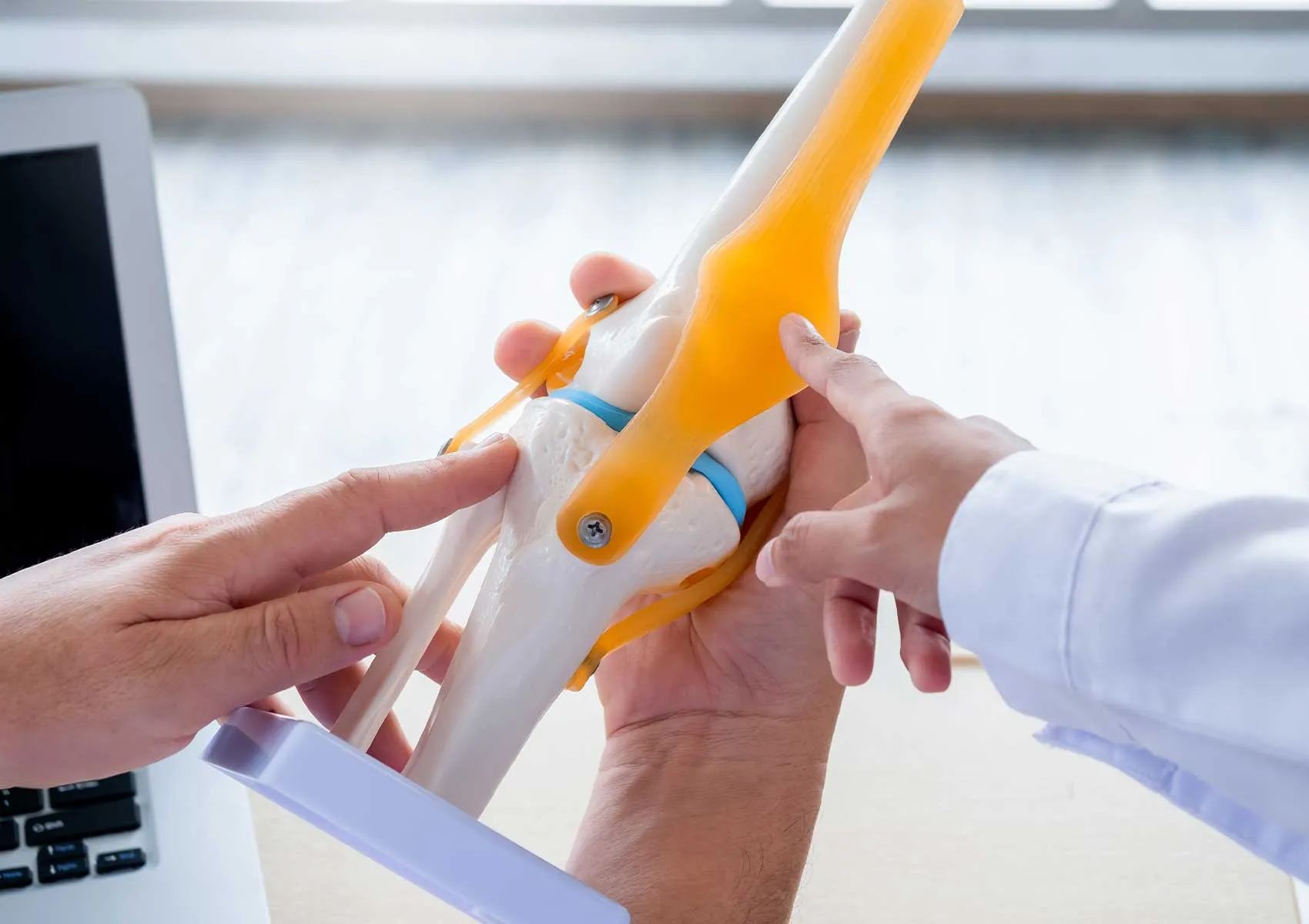What Is a Femoral Osteotomy and Why Is It Performed?
Femoral osteotomy is a surgical procedure in which a portion of the femur (thigh bone) is carefully cut and realigned to correct structural deformities, optimize load distribution, and preserve the health of the hip or knee joint. This technique is commonly performed in younger, active patients to relieve pain, restore function, and delay or avoid total joint replacement.
As a joint-preserving surgery, femoral osteotomy plays an essential role in managing specific deformities and early degenerative conditions of the lower limb.
Why Is Femoral Osteotomy Performed?
The femur is the longest and strongest bone in the human body, extending from the hip to the knee. Any angular deformity—whether congenital or acquired—can negatively affect weight distribution across the joints, increasing pressure on cartilage and accelerating degeneration.
By correcting the bone's mechanical axis through osteotomy, the joint can be protected from further wear, and symptoms like pain and instability can be reduced significantly.
Common Indications for Femoral Osteotomy
Femoral osteotomy is typically performed in the following conditions:
- Hip dysplasia: In cases where the acetabulum (hip socket) doesn’t fully cover the femoral head, realigning the femur helps improve joint congruency and load transfer.
- Femoroacetabular impingement (CAM type): When deformities of the femoral head-neck junction are too severe to be corrected arthroscopically.
- Valgus or varus deformities: Bowlegs or knock-knees create uneven stress on the knee joint and can be corrected by adjusting the femoral angle.
- Malunion after fracture: Poorly healed femoral fractures can be surgically corrected through osteotomy to restore alignment.
- Young patients with knee osteoarthritis: In early-stage arthritis, femoral realignment helps offload the damaged compartment, preserving healthy cartilage.
How Is the Surgery Performed?
The procedure is typically done under general or spinal anesthesia. A controlled cut is made in the femur at a specific location based on the deformity, and the bone is repositioned to achieve the desired alignment. The new position is stabilized with plates, screws, and if necessary, bone grafts.
Depending on the case, the osteotomy may be performed at the femoral neck, subtrochanteric region, or distal femur.
Recovery and Rehabilitation
Recovery depends on the patient’s age, the complexity of the correction, and bone healing capacity. Most patients begin walking with crutches within the first few weeks, and full weight-bearing typically begins at 6–8 weeks. A structured physical therapy program is critical to restore muscle strength and joint mobility.
On average, full recovery takes 3–6 months, but return to sports or high-impact activities may vary depending on the case and rehabilitation progress.
Who Is a Good Candidate for Femoral Osteotomy?
Ideal candidates for femoral osteotomy include:
- Active patients between 18 and 55 years old
- Individuals with joint-preserving potential (not end-stage arthritis)
- Patients with mechanical axis deformities of the femur
- Those seeking to delay or avoid joint replacement surgery
- People who have failed conservative or previous surgical treatments
Patients with advanced joint degeneration or low functional demands may benefit more from total joint replacement instead.
FAQ
-
When can I walk after femoral osteotomy?
Most patients begin partial weight-bearing within 4–6 weeks using crutches.
-
Can this surgery eliminate the need for joint replacement?
Yes, in many early-stage cases, femoral osteotomy can delay or prevent the need for a prosthesis.
-
Is the procedure painful?
Postoperative pain is manageable and usually improves within the first few days with proper medication.
-
Is physical therapy necessary after surgery?
Absolutely. Rehab is essential for regaining muscle strength, joint mobility, and long-term outcomes.
-
Can all hip deformities be treated with this surgery?
No. Success depends heavily on patient selection and deformity type. Advanced arthritis is typically not suitable for osteotomy.

